Home>Garden Essentials>What Is Synthetic Grass Made Of?
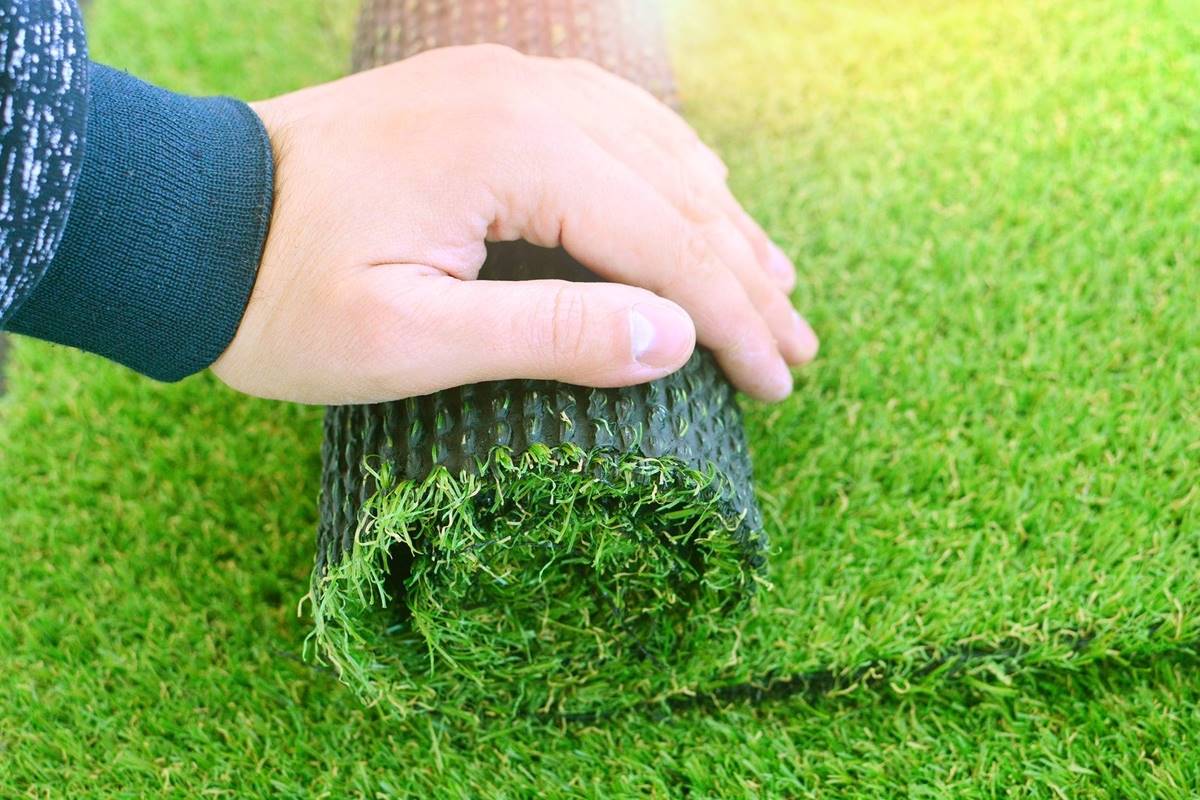

Garden Essentials
What Is Synthetic Grass Made Of?
Modified: November 1, 2024
Discover what synthetic grass is made of and how it can revolutionize your garden. Find out the benefits and features of this durable, low-maintenance alternative to natural grass.
(Many of the links in this article redirect to a specific reviewed product. Your purchase of these products through affiliate links helps to generate commission for Storables.com, at no extra cost. Learn more)
Introduction
Gardening enthusiasts and homeowners alike are always on the lookout for innovative solutions to enhance the beauty and practicality of their outdoor spaces. One such solution gaining popularity is synthetic grass, also known as artificial or fake grass. Gone are the days when synthetic grass was reserved for sports fields and golf courses; it has now become a viable option for residential and commercial landscaping.
Synthetic grass offers a host of benefits that make it an appealing alternative to natural grass. It requires minimal maintenance, stays green and lush all year round, and provides a durable and long-lasting solution for high-traffic areas. Whether you’re considering synthetic grass for your backyard, rooftop garden, or even indoor spaces, understanding what it’s made of is crucial to making an informed decision.
In this article, we’ll delve into the world of synthetic grass and explore the common materials used in its construction. From polyethylene to polypropylene and nylon, we’ll uncover the secrets behind the artificial turf that mimics the look and feel of real grass.
We’ll also take a closer look at the backing and infill materials used to support and enhance synthetic grass. Additionally, we’ll discuss the maintenance required to keep your synthetic lawn in pristine condition, ensuring your investment continues to reap its benefits for years to come.
So, let’s roll up our sleeves and get ready to explore the fascinating world of synthetic grass construction and maintenance!
Key Takeaways:
- Synthetic grass, made of materials like polyethylene and polypropylene, offers a low-maintenance, pet-friendly, and durable alternative to natural grass, perfect for creating lush outdoor spaces without the hassle of constant upkeep.
- With materials like polyurethane backing and silica sand infill, synthetic grass provides a realistic, year-round green lawn that requires minimal maintenance, making it an eco-friendly and versatile choice for residential and commercial landscapes.
Read more: What Is Synthetic Stucco Made Of
What Is Synthetic Grass?
Synthetic grass, also known as artificial or fake grass, is a man-made alternative to natural grass that provides a realistic and low-maintenance solution for outdoor and indoor spaces. It is designed to replicate the appearance and texture of real grass while eliminating the need for regular watering, mowing, and fertilizing.
At first glance, it can be difficult to distinguish synthetic grass from its natural counterpart. Innovations in manufacturing processes and technology have led to the creation of artificial turf that looks remarkably similar to real grass, with varying shades of green, different blade lengths, and a soft texture underfoot.
The primary components of synthetic grass include the grass fibers, backing material, and infill materials. The grass fibers are typically made of one of three main materials: polyethylene, polypropylene, or nylon. Each material offers its own unique set of characteristics, ranging from softness and durability to resilience and UV resistance.
The backing material provides stability and support to the grass fibers. It is usually made from a sturdy synthetic material that allows for effective drainage and withstands wear and tear. Additionally, the backing material plays a crucial role in preserving the shape and integrity of the synthetic grass over time.
Infill materials, on the other hand, are used to add weight and provide cushioning to the synthetic grass. These materials can include silica sand, rubber crumbs, or a combination of both. The choice of infill material depends on factors such as the desired level of softness, shock absorption, and heat dissipation.
While synthetic grass shares many benefits with natural grass, it also has several advantages that make it a popular choice for both residential and commercial landscaping projects. It is resistant to drought and extreme weather conditions, making it a viable option for regions with limited water availability or harsh climates. Moreover, synthetic grass is pet-friendly, as it is easy to clean and does not stain or develop odors like natural grass.
Over the years, synthetic grass has evolved significantly, offering a wide range of options to suit different needs and preferences. From short-pile turf for putting greens to long-blade grass for a lush and realistic look, there are numerous varieties available on the market.
Now that we have a basic understanding of what synthetic grass is, let’s explore the specific materials used in its construction and the benefits they bring to the table.
Benefits of Synthetic Grass
Synthetic grass offers a multitude of benefits that make it an attractive alternative to natural grass for residential and commercial landscapes. Whether you’re looking to create a low-maintenance backyard oasis or a durable play area for children, synthetic grass has got you covered. Let’s explore some of its key advantages:
- No water requirements: Unlike natural grass, synthetic turf doesn’t require regular watering to stay green and vibrant. This not only helps conserve water, but it also eliminates the need for irrigation systems, saving you time and money on your utility bills.
- Low maintenance: With synthetic grass, you can say goodbye to mowing, edging, and fertilizing. Its artificial nature means it maintains its shape and color without the need for constant upkeep. You’ll have more time to relax and enjoy your outdoor space, rather than spending it on labor-intensive lawn care.
- Year-round beauty: Synthetic grass stays lush and green throughout the year, regardless of the season or weather conditions. It won’t fade or dry out during hot summers or become muddy and patchy during rainy seasons. You can have a perfect lawn all year round without the hassle.
- Durability and longevity: Synthetic grass is designed to withstand heavy foot traffic, making it ideal for high-activity areas like sports fields and playgrounds. It doesn’t develop bare patches or wear out easily, ensuring long-lasting beauty and functionality for years to come.
- Pet-friendly: If you have furry friends, you’ll appreciate the pet-friendly nature of synthetic grass. It is resistant to staining, easy to clean, and doesn’t harbor fleas or ticks. Your pets can run and play freely without causing damage to the lawn or bringing dirt and mud into your home.
- Allergen-free: Natural grass can trigger allergies for some people due to pollen, grass seeds, and other allergens. Synthetic grass eliminates these concerns, providing a safe and allergen-free environment for individuals with sensitivities.
- Environmental benefits: Synthetic grass has a positive impact on the environment. By eliminating the need for pesticides, herbicides, and fertilizers, it reduces chemical runoff and promotes a healthier ecosystem. Moreover, its minimal water requirements contribute to water conservation efforts.
- Versatility: Synthetic grass can be installed virtually anywhere, transforming a variety of spaces into green havens. From small gardens and balconies to rooftop terraces and indoor play areas, the possibilities are endless. It allows you to create green spaces in areas where traditional grass may not thrive.
These are just a few of the many benefits that synthetic grass brings to the table. Its ability to combine beauty, functionality, and sustainability makes it a popular choice for homeowners, businesses, and institutions looking to enhance their outdoor spaces in a cost-effective and eco-friendly manner.
Common Materials Used
When it comes to synthetic grass, several materials are commonly used in its construction to create the realistic look and feel of natural grass. Let’s explore three primary materials used in the manufacturing of synthetic grass:
- Polyethylene: Polyethylene is a popular material choice for synthetic grass fibers. It offers a soft texture and a natural-looking appearance. The individual polyethylene blades are typically designed to have different shades of green and varying blade lengths to mimic the appearance of real grass. Additionally, polyethylene is resistant to UV rays, ensuring that the color of the grass remains vibrant and doesn’t fade over time.
- Polypropylene: Polypropylene is another common material used in synthetic grass. It is known for its durability and resilience. Polypropylene fibers are often used in low-cost and shorter-pile synthetic grass products. While it may not have the same level of softness as polyethylene, it still provides a realistic look and can withstand heavy foot traffic.
- Nylon: Nylon is a sturdy and versatile material that is sometimes used in high-end synthetic grass products. It offers excellent durability and can resist wear and tear, making it suitable for areas with heavy foot traffic. Nylon grass blades can maintain their shape and resilience even in extreme weather conditions. However, nylon is less common in residential applications due to its higher cost compared to polyethylene and polypropylene.
The specific material used in the construction of synthetic grass varies depending on factors such as budget, desired aesthetics, and the intended use of the synthetic lawn. Polyethylene is generally favored for its softness and natural appearance, while polypropylene and nylon offer durability and resilience.
It’s worth noting that advancements in manufacturing technology have led to the development of hybrid synthetic grass products that combine different materials. For example, some synthetic grass may feature a polyethylene and nylon blend for enhanced durability and a realistic look. These hybrid options provide a balance between durability, softness, and visual appeal, catering to a wider range of preferences and needs.
Now that we’ve explored the common materials used in synthetic grass, let’s turn our attention to the backing materials that provide stability and support to the grass fibers.
Polyethylene
Polyethylene is one of the most widely used materials in the manufacturing of synthetic grass. It is known for its softness, durability, and ability to mimic the look and feel of real grass. Let’s take a closer look at the characteristics and benefits of polyethylene in synthetic grass:
Softness: One of the primary reasons why polyethylene is highly sought after for synthetic grass is its soft texture. The individual polyethylene blades are designed to be flexible and gentle underfoot, providing a comfortable and enjoyable experience when walking or playing on the artificial turf. This softness closely resembles the feel of natural grass, making polyethylene a popular choice for homeowners seeking a realistic and luxurious lawn alternative.
Natural Appearance: Another advantage of polyethylene is its ability to replicate the natural look of grass. The blades are typically designed in varying shades of green and different lengths to imitate the visual complexity of real grass. This attention to detail ensures that the synthetic lawn appears lush, vibrant, and indistinguishable from natural grass, even upon closer inspection.
UV Resistance: Polyethylene fibers used in synthetic grass are often treated to be UV resistant. This means that they are less likely to fade or lose their color when exposed to sunlight. UV resistance is essential in ensuring that the synthetic grass maintains its vibrant and lifelike appearance over an extended period, with minimal color degradation due to sun exposure.
Durability: Polyethylene is known for its durability, allowing the synthetic grass to withstand various weather conditions, heavy foot traffic, and regular use. The material is resistant to wear and tear, ensuring that the grass maintains its shape and integrity for an extended period. This durability makes polyethylene suitable for high-traffic areas such as playgrounds, sports fields, and residential lawns that experience frequent use.
Low Maintenance: Synthetic grass made from polyethylene requires minimal maintenance compared to natural grass. Its durability eliminates the need for regular mowing, watering, and fertilizing. Additionally, polyethylene doesn’t require pesticides or herbicides, reducing the need for chemical applications. This low-maintenance characteristic makes polyethylene synthetic grass an appealing choice for homeowners looking to reduce their lawn care efforts and costs.
Overall, polyethylene is a versatile and popular choice for synthetic grass due to its softness, natural appearance, UV resistance, durability, and low maintenance requirements. Whether you’re looking to create a beautiful backyard oasis or a practical solution for a commercial space, polyethylene synthetic grass ticks all the boxes.
Now that we’ve explored polyethylene, let’s move on to another common material used in synthetic grass: polypropylene.
Read more: Synthetic Grass – What Is Infill
Polypropylene
Polypropylene is a commonly used material in the manufacturing of synthetic grass. It offers several unique characteristics that make it a popular choice for certain applications. Let’s dive into the features and benefits of polypropylene in synthetic grass:
Durability: Polypropylene is known for its durability and can withstand heavy foot traffic, making it an excellent choice for areas that experience high levels of activity. This material is resistant to wear and tear, allowing the synthetic grass to maintain its shape and integrity even with regular use. It can handle rough play, making it a perfect option for residential lawns, commercial spaces, and sports fields.
Affordability: Polypropylene is often more budget-friendly compared to other materials used in synthetic grass. As a result, it is a popular choice for homeowners looking for a cost-effective solution for their landscaping needs. The affordability of polypropylene synthetic grass does not compromise its functionality, making it an attractive option for those on a tighter budget.
Quick Drainage: Another advantage of polypropylene is its ability to drain water quickly. The material is naturally porous, allowing rainwater or irrigation water to pass through efficiently. This drainage feature helps prevent water from pooling on the surface of the synthetic grass, reducing the risk of puddles or water damage. The quick drainage capability of polypropylene synthetic grass makes it suitable for areas that receive heavy rainfall or require efficient water distribution.
Ease of Maintenance: Polypropylene synthetic grass requires minimal maintenance compared to natural grass. It does not require regular mowing, watering, or fertilizing. Additionally, the durable nature of polypropylene eliminates the need for extensive upkeep, such as repairs or replacement. This low-maintenance characteristic saves both time and money for homeowners or facility managers looking for a hassle-free lawn solution.
While polypropylene synthetic grass offers many advantages, it is important to note that it may not provide the same level of softness as other materials like polyethylene. It is typically found in shorter-pile synthetic grass products, which are often used in areas such as putting greens or areas with high traffic.
When choosing between polypropylene and other materials, it’s essential to consider your specific needs, preferences, and the intended function of the synthetic grass. Polypropylene can be a suitable option for those who prioritize durability, affordability, and quick drainage.
Now that we’ve explored polypropylene, let’s move on to the next material commonly used in synthetic grass: nylon.
When looking at synthetic grass, it’s important to know that it is typically made of polyethylene or polypropylene fibers, with a backing of latex or polyurethane and infill materials like rubber or sand.
Nylon
Nylon is a durable and versatile material commonly used in the construction of synthetic grass. While not as prevalent as materials like polyethylene or polypropylene, nylon offers unique characteristics that make it well-suited for specific applications. Let’s take a closer look at the features and benefits of nylon in synthetic grass:
Durability: Nylon is known for its exceptional durability and resilience. It can withstand heavy foot traffic, making it ideal for areas that experience frequent use, such as sports fields and playgrounds. Nylon grass blades have a high resistance to wear and tear, allowing the synthetic grass to maintain its shape and appearance even under intense activity. This durability ensures that the synthetic grass retains its functionality and aesthetic appeal over an extended period.
Realistic Look and Feel: Nylon synthetic grass often provides a realistic look and feel comparable to natural grass. The material allows for the creation of synthetic grass with a high blade density, giving it a lush and luxurious appearance. Nylon blades can be designed to have different shades of green and various blade lengths, further enhancing the realism. Additionally, the resilience of nylon ensures that the grass recovers quickly after being compressed, contributing to its natural feel underfoot.
UV Resistance: Nylon is naturally resistant to UV rays, making it a suitable choice for synthetic grass in sunny environments. It can withstand prolonged exposure to sunlight without fading or losing its color intensity. This UV resistance ensures that the synthetic grass maintains its vibrant appearance and durability over a long period, even in areas with high sun exposure.
High-End Performance: Due to its durability and resilience, nylon synthetic grass is often favored for high-performance applications. It is commonly used in sports fields, such as soccer or football pitches, where the grass needs to withstand intense activity and repetitive use. The material provides an excellent surface for sports, ensuring optimal ball roll, traction, and player safety.
It is important to note that nylon synthetic grass may be less common in residential applications due to its higher cost compared to materials like polyethylene and polypropylene. However, in commercial settings or locations that demand superior performance and durability, nylon can be a valuable option.
When considering synthetic grass, it’s important to weigh the specific needs of your space, the level of usage, and the desired aesthetics. Nylon provides a high level of durability, a realistic look and feel, UV resistance, and high-end performance, making it a versatile option for specialized applications.
Now that we’ve explored nylon, let’s turn our attention to the backing materials used to support and enhance synthetic grass.
Backing Materials
The backing material is a crucial component of synthetic grass. It provides stability, support, and durability to the grass fibers, ensuring that the artificial turf maintains its shape and integrity over time. Let’s explore the common backing materials used in synthetic grass:
- Polyurethane (PU) Backing: Polyurethane is a popular backing material due to its excellent strength and resilience. PU backing offers superior dimensional stability, allowing the synthetic grass to maintain its shape and structure under heavy foot traffic and general wear and tear. This material also has high resistance to weathering and moisture, making it suitable for both indoor and outdoor applications.
- Latex Backing: Latex is another commonly used backing material for synthetic grass. It provides flexibility, allowing the grass to conform to the contours of the ground. Latex backing is often coated with additional substances to enhance its durability and water resistance. However, latex backing may be more prone to degradation over time compared to polyurethane.
- Polypropylene Backing: Polypropylene backing is typically used in synthetic grass products with a lower pile height. It offers good dimensional stability and strength while providing an economical option. However, polypropylene backing may have slightly lower durability compared to polyurethane or latex.
The choice of backing material depends on factors such as the intended use of the synthetic grass, expected foot traffic, and the desired level of durability. Polyurethane backing is often preferred for synthetic grass installations that require high performance and longevity. Latex backing is commonly used for residential applications, while polypropylene is suitable for lower-traffic areas or budget-friendly options.
It’s important to note that the backing material plays a significant role in ensuring proper drainage of the synthetic grass. Proper drainage is crucial as it helps prevent water from pooling on the surface and minimizes the risk of mold or moss growth. The backing material is designed to allow water to pass through, ensuring efficient drainage and maintaining the overall health of the synthetic grass.
Now that we’ve explored the backing materials used in synthetic grass, let’s move on to the infill materials that are used to further enhance the performance and functionality of synthetic grass.
Infill Materials
Infill materials are an essential component of synthetic grass installations. They are used to provide weight, stability, and cushioning to the synthetic turf. Infill materials are typically placed between the grass blades, helping to support the fibers and maintain the overall structure of the artificial lawn. Let’s explore some common infill materials used in synthetic grass:
- Silica Sand: Silica sand is a commonly used infill material for synthetic grass. It provides stability and helps to weigh down the turf, preventing it from shifting or moving. Silica sand also assists in maintaining the proper blade position and reducing the risk of wrinkles or creases. Additionally, this infill material aids in temperature control by dissipating heat during warm weather, making the synthetic grass surface more comfortable for users.
- Rubber Crumbs: Rubber crumbs or granules, usually derived from recycled tires, are another popular infill material. Rubber infill offers excellent shock absorption, cushioning impact, and providing a softer surface. This makes it ideal for sports fields, playgrounds, and areas where safety is a concern. Rubber infill also helps to enhance traction and reduce the risk of injuries caused by slips and falls.
- Organic Materials: In some cases, organic infill materials such as cork or coconut fibers may be used. These materials provide a natural alternative and are eco-friendly options. Organic infill can help with temperature regulation and moisture retention, reducing the heat island effect and conserving water. However, they may require additional maintenance and may not be as durable as silica sand or rubber infill.
The choice of infill material depends on factors such as the intended use of the synthetic grass, the desired level of impact absorption, and personal preferences. Silica sand is a popular choice for general synthetic grass installations, while rubber crumbs are often preferred for sports fields or areas where impact protection is crucial.
It’s important to note that infill materials may require occasional topping up or redistribution over time to ensure optimal performance and functionality of the synthetic grass. This helps to maintain a consistent level of cushioning, stability, and resilience across the artificial lawn.
Now that we’ve explored the infill materials used in synthetic grass, let’s move on to maintenance practices that can help keep your synthetic grass looking its best.
Read more: What Are The Synthetic Turf Grass Problems
Maintenance of Synthetic Grass
One of the major advantages of synthetic grass is its low maintenance requirements compared to natural grass. However, some regular maintenance practices can help keep your synthetic grass looking its best and ensure its longevity. Let’s explore some essential maintenance tips for synthetic grass:
- Regular Brushing: Periodically brushing your synthetic grass helps to maintain its upright position and ensure even distribution of infill materials. Use a stiff brush or a power broom to gently brush against the grain of the blades, lifting them up and preventing matting or flattening over time. Regular brushing also helps to remove debris, leaves, and pet hair that might accumulate on the surface.
- Leaf and Debris Removal: Remove fallen leaves, twigs, and other debris from the surface of your synthetic grass regularly. This can be done using a leaf blower, a rake, or by simply sweeping the area. Not only does this ensure a clean and neat appearance, but it also prevents organic matter from decomposing and potentially causing fungal growth.
- Stain and Spill Cleaning: Accidental spills or stains should be addressed promptly to prevent permanent discoloration. Blot any liquid spills using a clean cloth or paper towel, and use a mild detergent mixed with water to clean the affected area. Avoid using harsh chemicals or solvents that may damage the synthetic grass fibers.
- Pet Waste Management: If you have pets, promptly remove solid waste and rinse the area with water. This helps to prevent any lingering odor or bacteria buildup. Synthetic grass is designed to be pet-friendly and easy to clean, but regular attention to pet waste management is essential to maintain hygiene and the overall integrity of the artificial turf.
- Inspect for Damage: Regularly inspect your synthetic grass for any signs of damage or wear. Look out for loose seams, tears, or areas of the grass that may be coming loose from the backing. Addressing any issues promptly can help prevent further damage and ensure the longevity of your synthetic lawn.
- Professional Maintenance: Consider scheduling periodic professional maintenance for your synthetic grass. Professional maintenance may include deep cleaning, reapplying infill materials, and repairing any significant damage. This can help extend the lifespan of your synthetic grass and keep it in optimal condition.
By following these simple maintenance practices, you can keep your synthetic grass looking lush, vibrant, and beautiful for many years to come. Enjoy the benefits of a pristine lawn without the hassle of intensive upkeep.
Now that we’ve covered maintenance, let’s conclude our exploration of synthetic grass.
Conclusion
Synthetic grass has revolutionized the way we approach landscaping, offering a low-maintenance and visually appealing alternative to natural grass. By understanding the materials used in its construction and following proper maintenance practices, you can enjoy the benefits of a beautiful, yet hassle-free lawn.
From polyethylene to polypropylene and nylon, synthetic grass is crafted with precision and artistry to closely resemble the look and feel of real grass. These materials provide softness, durability, UV resistance, and flexibility, ensuring a realistic and long-lasting solution for your outdoor space.
The backing materials, such as polyurethane and latex, provide stability and support to the grass fibers, while infill materials, such as silica sand and rubber crumbs, enhance the performance and comfort of the synthetic grass. Each component plays a vital role in creating a functional and aesthetically pleasing artificial lawn.
The benefits of synthetic grass are abundant. It requires minimal maintenance, remains green and lush throughout the year, and is pet-friendly, making it an ideal choice for both residential and commercial applications. Synthetic grass also contributes to water conservation efforts, reduces the use of harmful chemicals, and provides a safe and allergen-free environment for all to enjoy.
To ensure the longevity of your synthetic grass, regular maintenance is key. Brushing the grass, removing debris, cleaning spills, managing pet waste, and inspecting for damage are essential practices that will help your synthetic lawn stay in excellent condition for years to come. Additionally, professional maintenance services can provide deeper cleaning and repairs when necessary.
Whether you’re looking to revamp your backyard, create a sports field, or design a vibrant rooftop garden, synthetic grass offers a versatile and sustainable solution. Its ability to provide a beautiful and functional outdoor space while minimizing the time and effort required for upkeep makes it an attractive choice for many homeowners and businesses.
In conclusion, synthetic grass brings beauty, convenience, and environmental benefits to any landscape. With the right materials, proper installation, and regular maintenance, you can enjoy the lushness and vibrancy of a perfectly manicured lawn without the limitations and challenges of natural grass.
Frequently Asked Questions about What Is Synthetic Grass Made Of?
Was this page helpful?
At Storables.com, we guarantee accurate and reliable information. Our content, validated by Expert Board Contributors, is crafted following stringent Editorial Policies. We're committed to providing you with well-researched, expert-backed insights for all your informational needs.
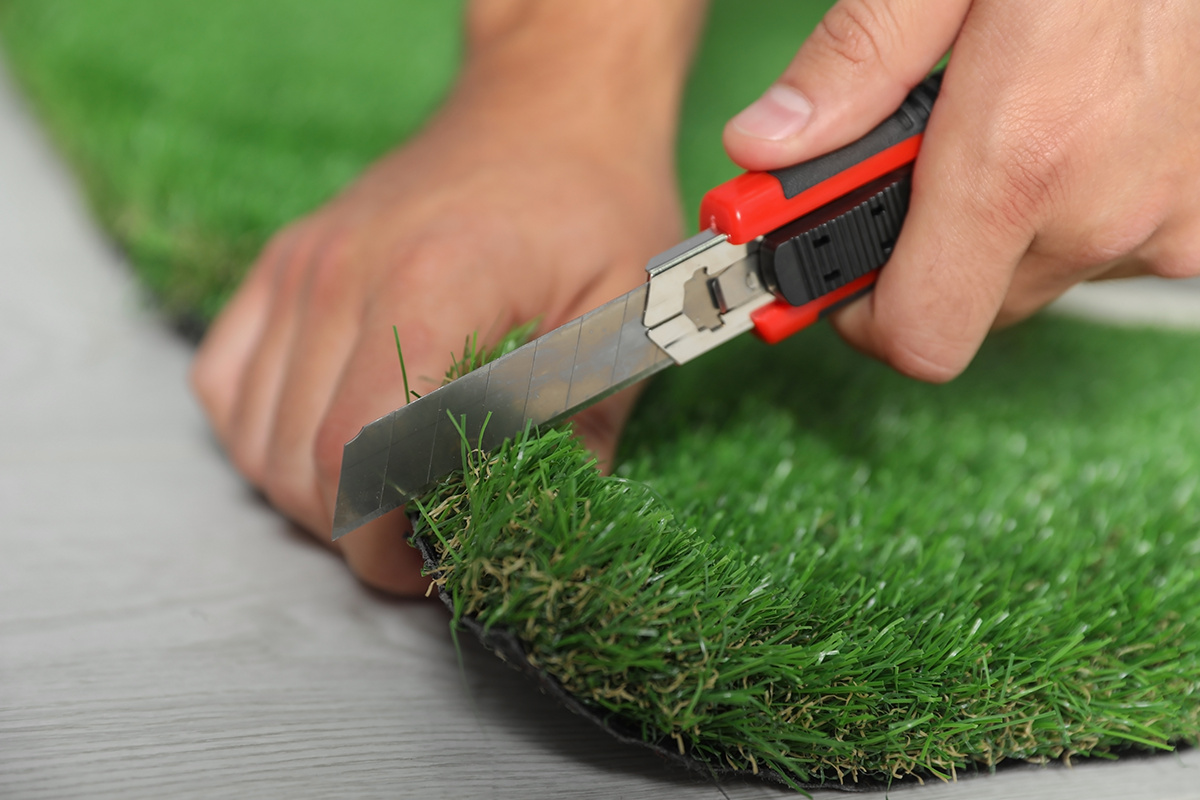

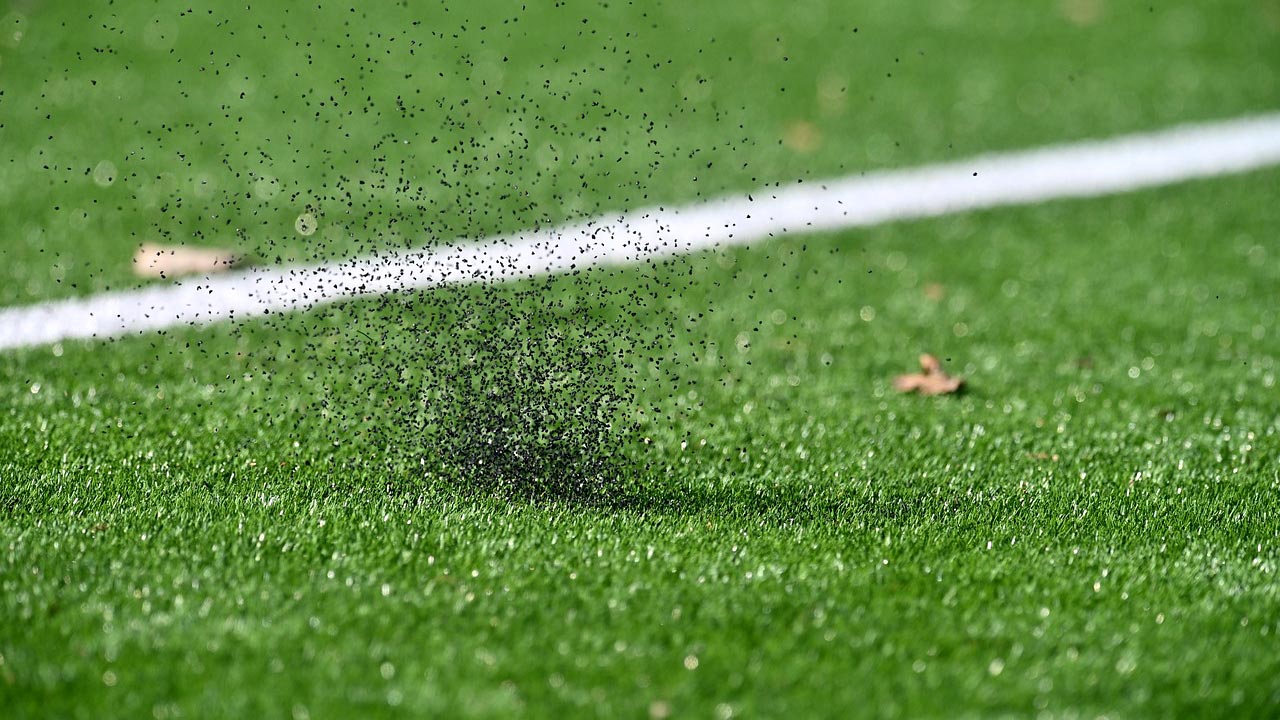
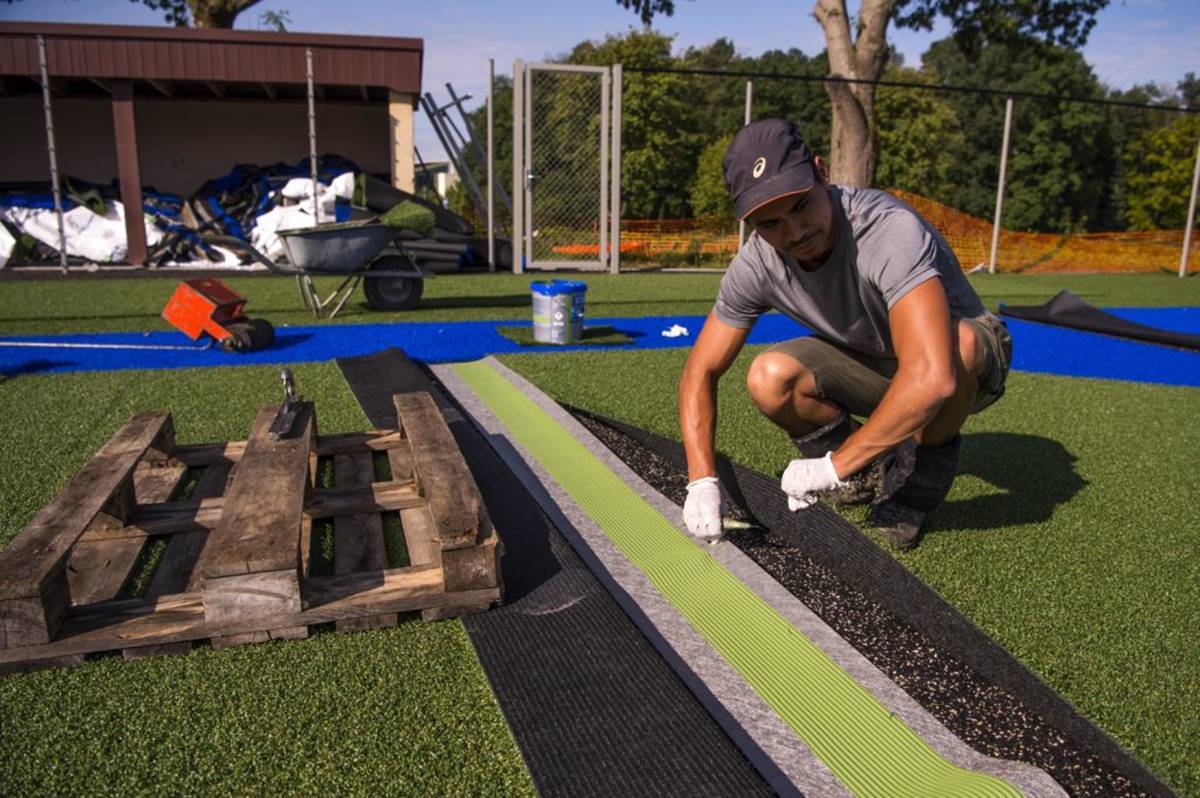
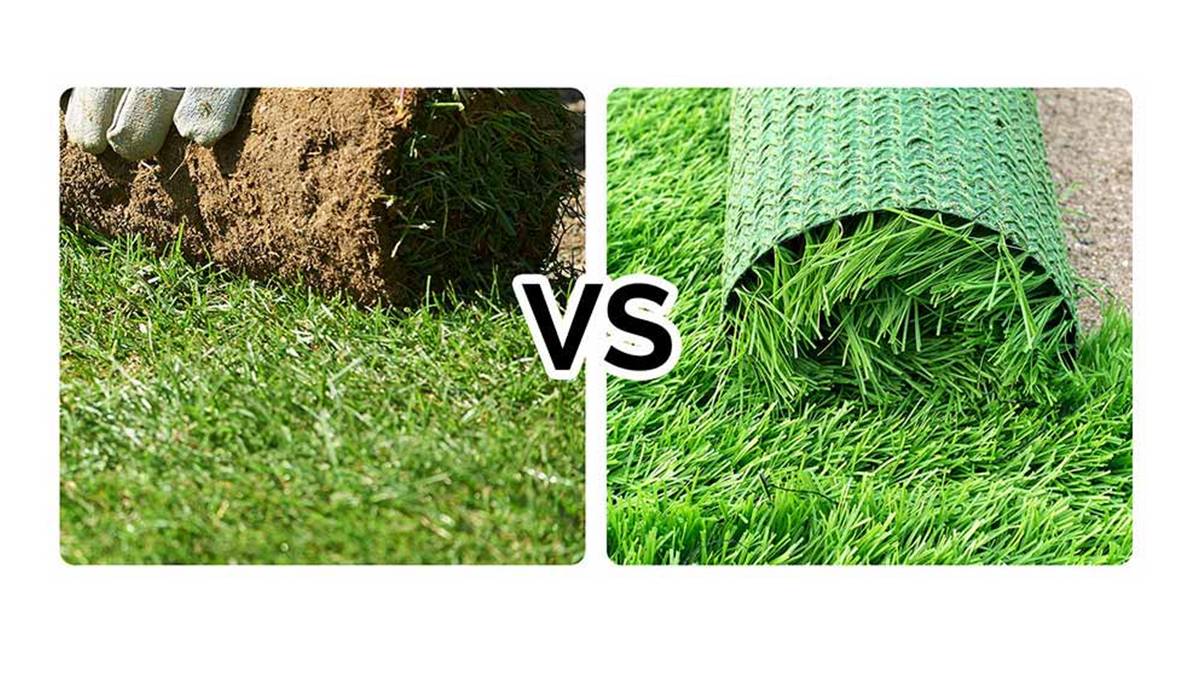
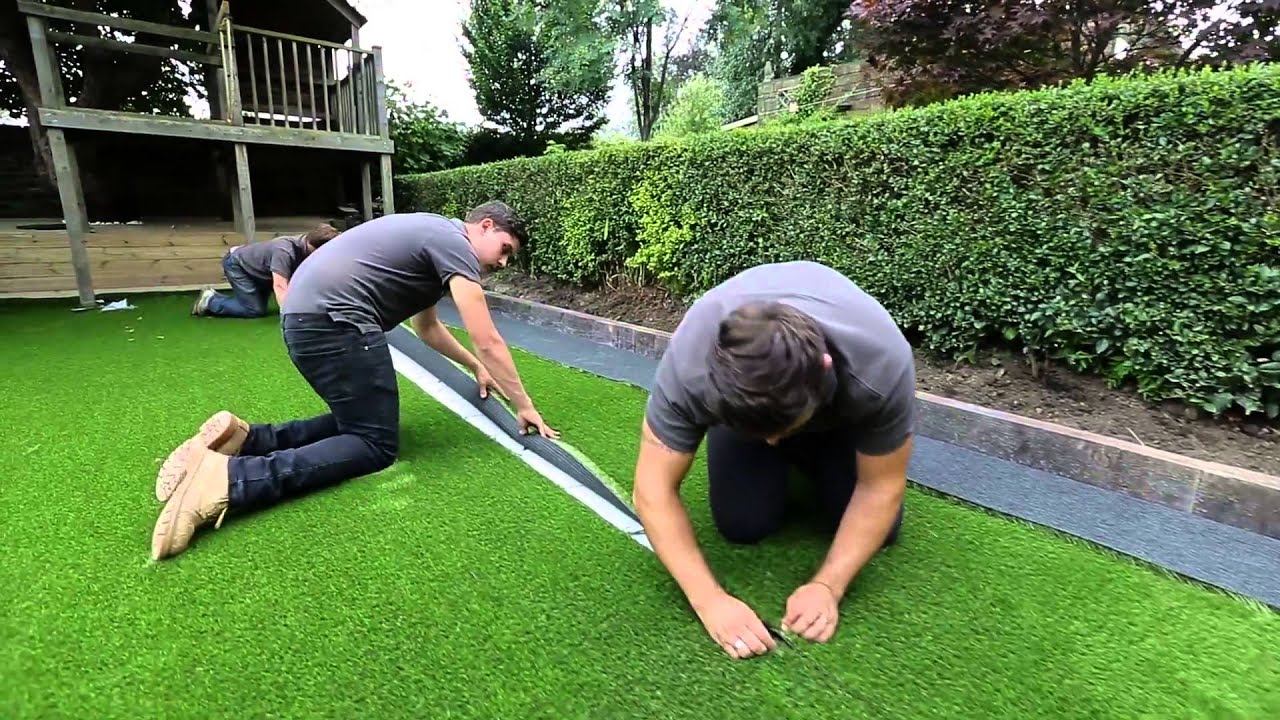
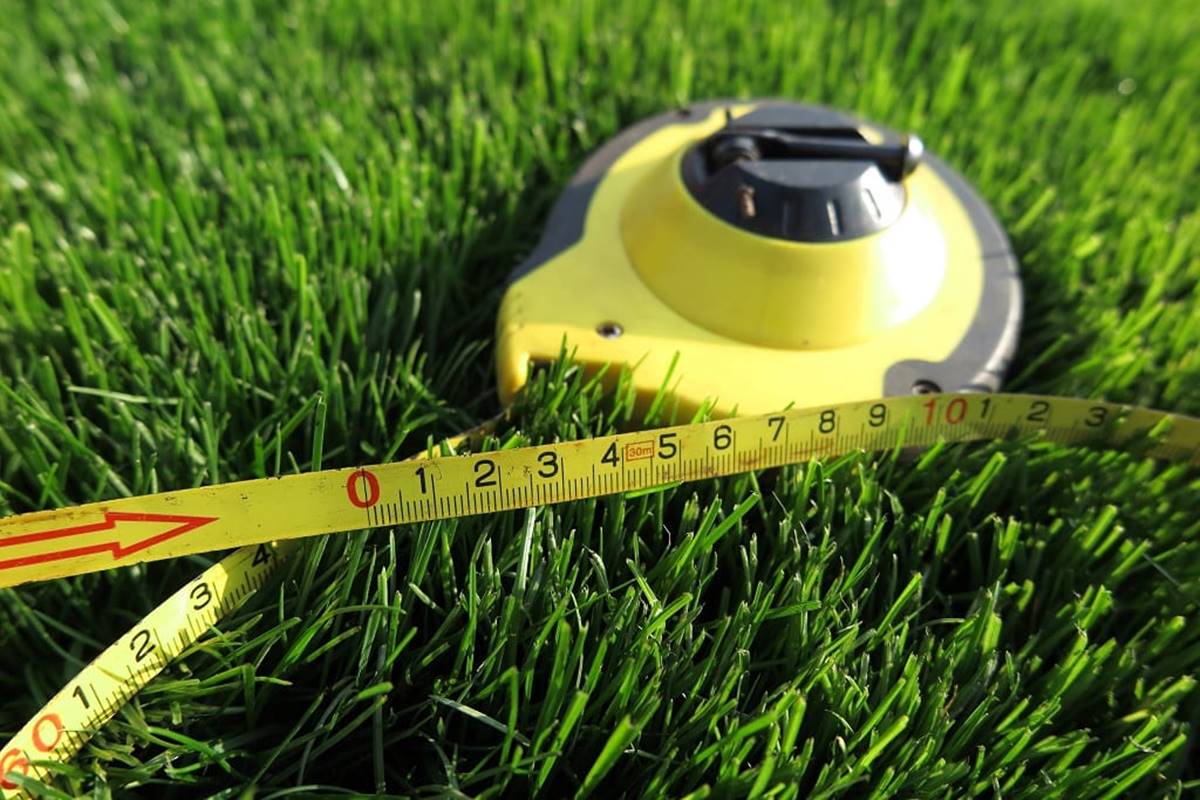
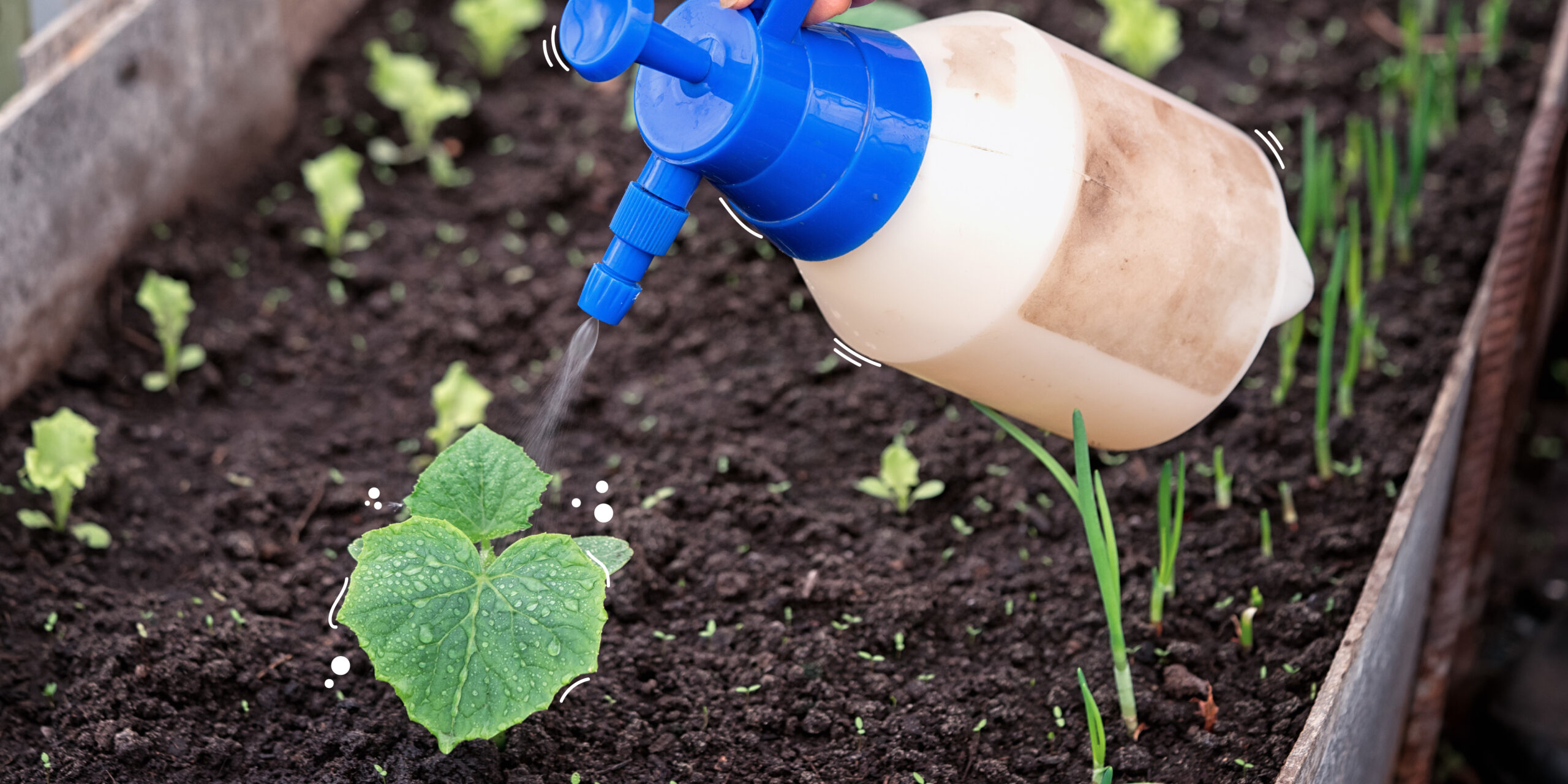
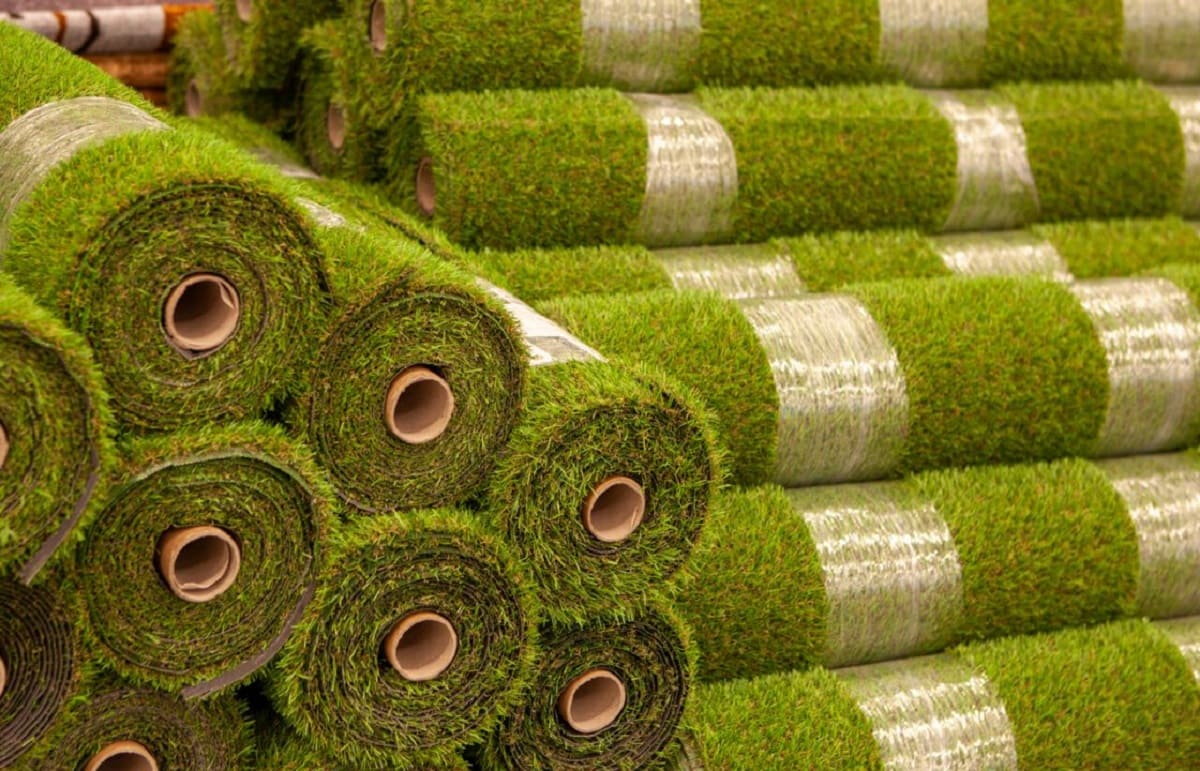
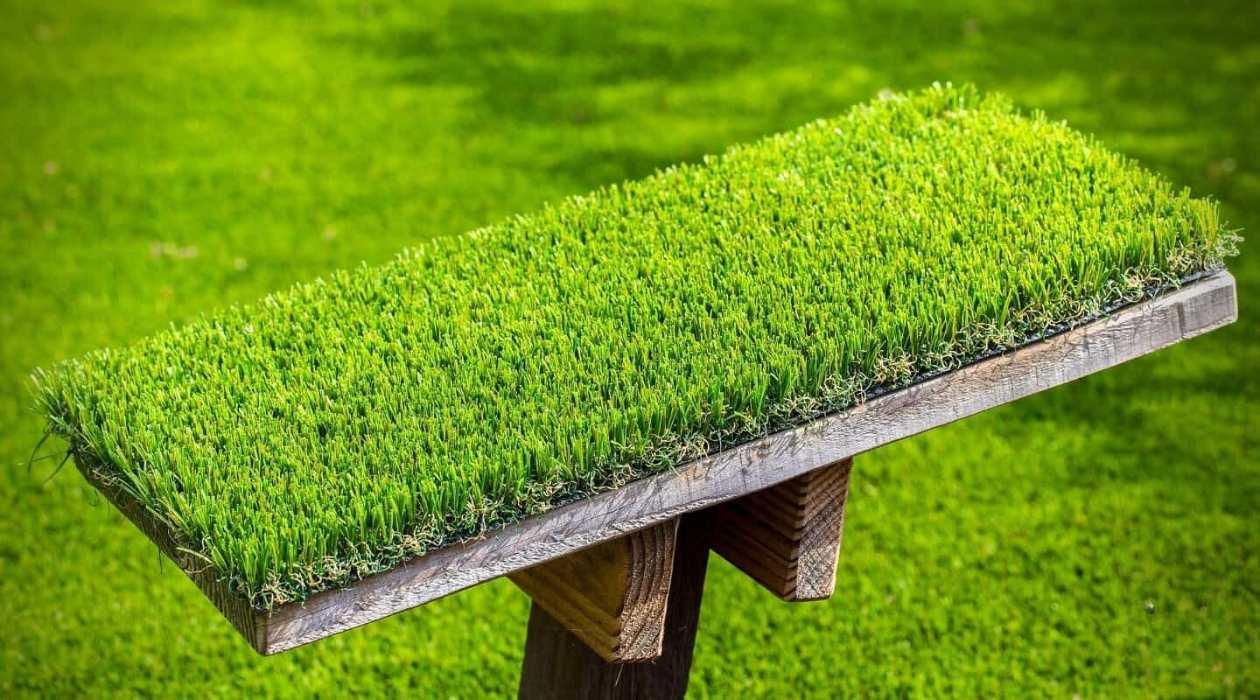
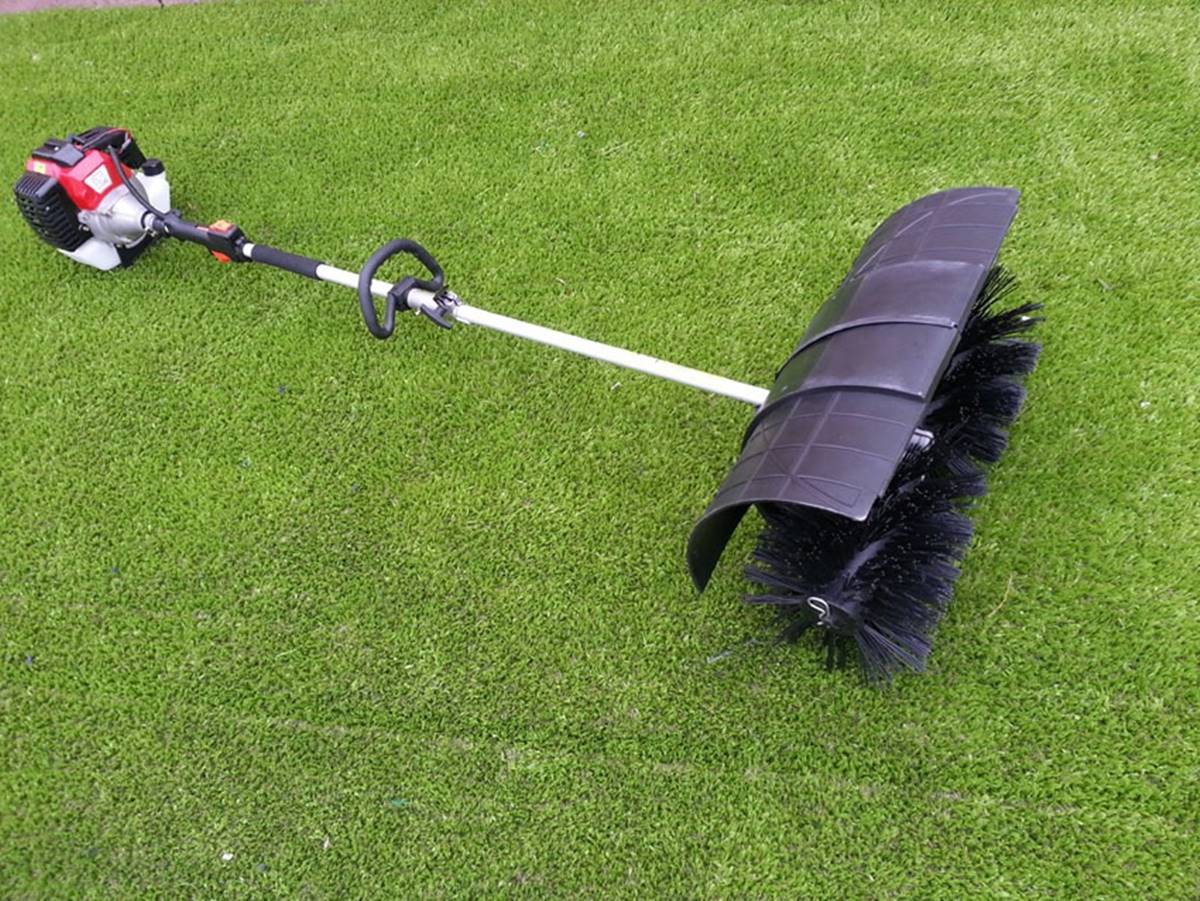
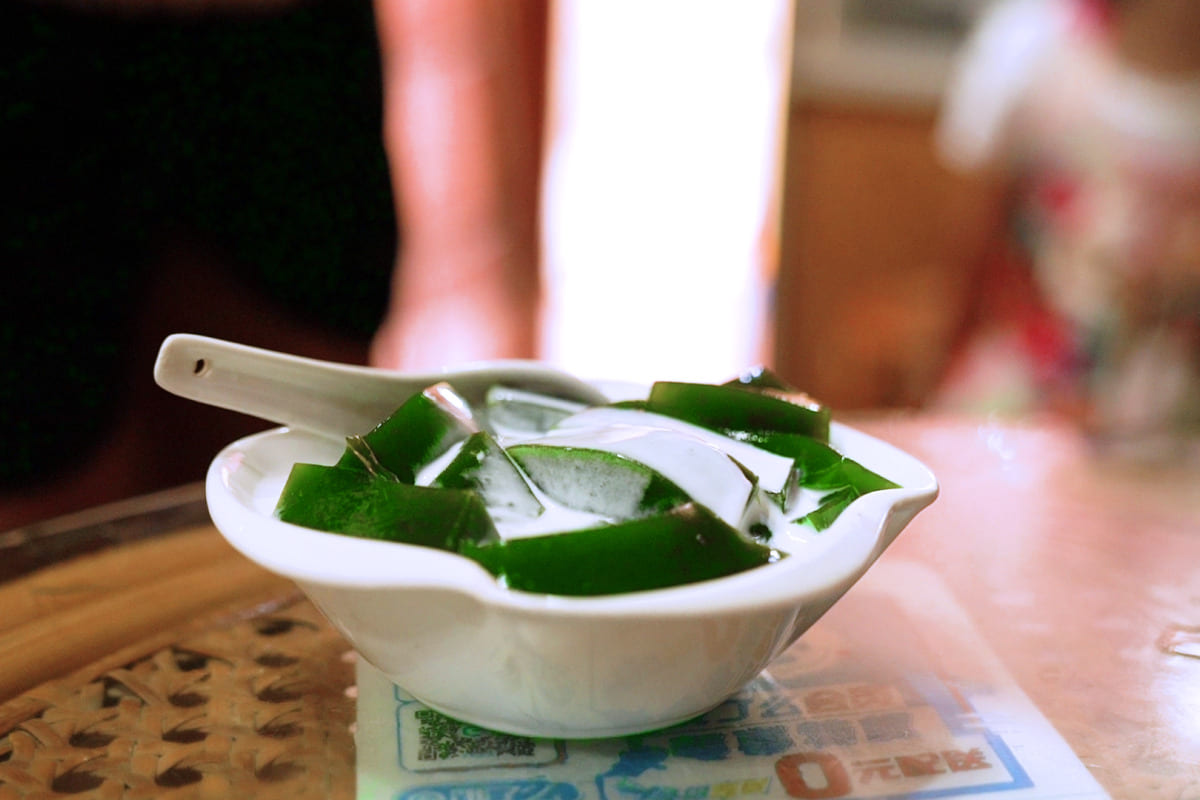
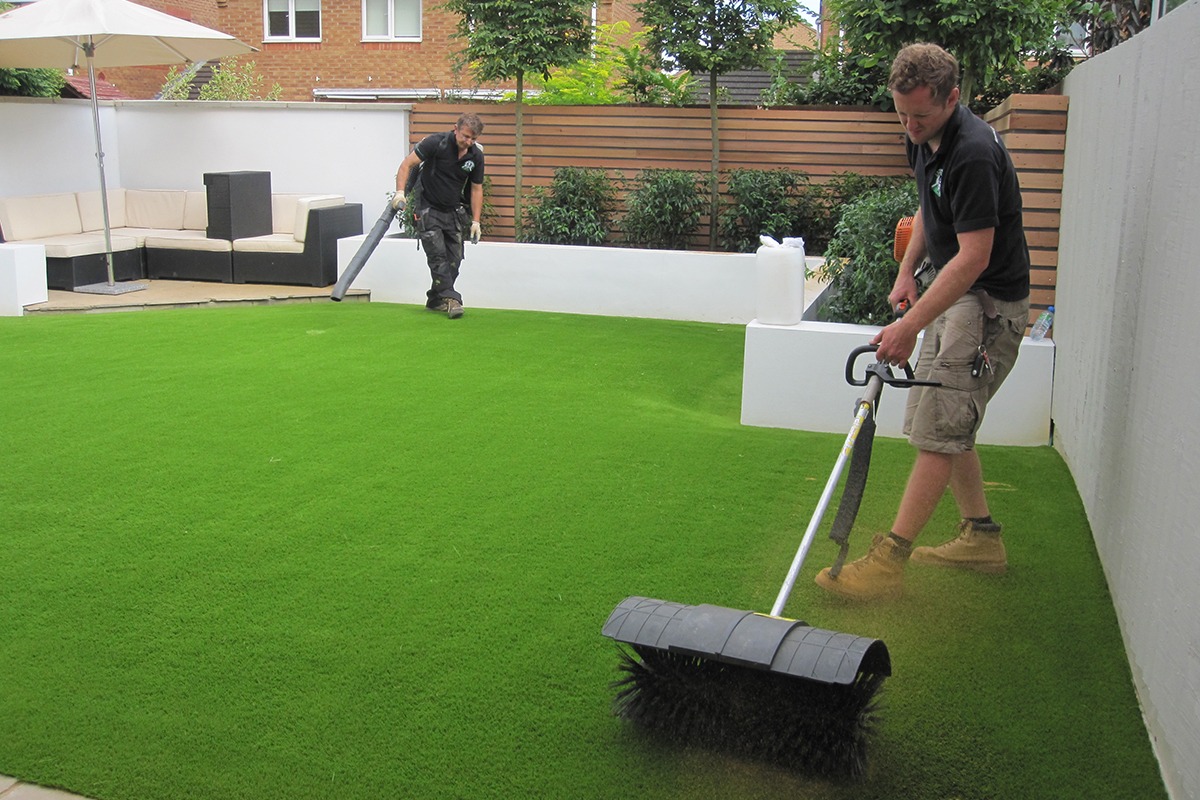

0 thoughts on “What Is Synthetic Grass Made Of?”